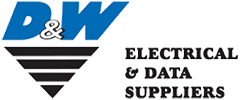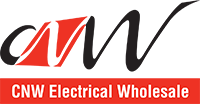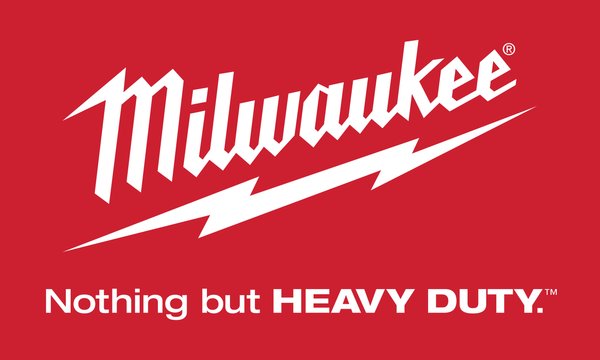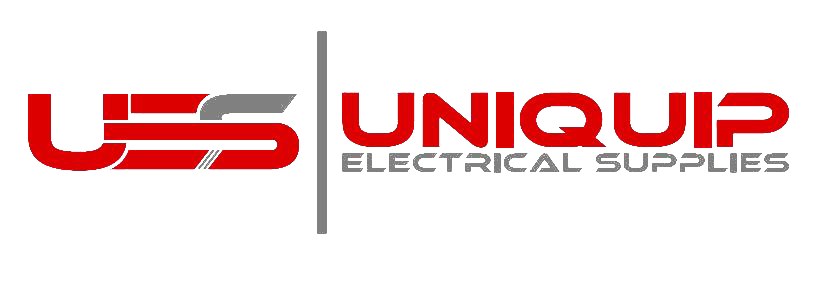What is the Safe Wind Speed for Working at Heights and EWP?

Working at heights is dangerous to anyone. A fall of even a relatively small distance can injure a person quite badly, from scrapes and bumps right through to more severe injuries like broken bones, or even in some cases death. So when you’re working at heights it is critical you make sure you understand and adhere to the safety guidelines around any equipment you may be using – and that includes safe wind speed.
Understanding Wind Speed & Wind Load
Wind load refers to the force exerted by wind on structures or objects. When working at heights, wind load becomes a crucial factor as it can exert significant pressure on elevated work platforms (EWPs) or scaffolding, potentially leading to instability and accidents. Exceeding the maximum wind load limits for EWPs can result in serious consequences, such as platform instability, tipping, or collapse, endangering workers’ lives.
Maximum Wind Load for EWP
Checking the EWP manual or equipment itself for the maximum wind load is crucial to keep you safe when working on an EWP. However, in the case of wind loads, it is vital.
One reason is for safety compliance. The manufacturer’s manual or equipment specifications provide vital information about the safe operating conditions, including the maximum wind load capacity. Adhering to these guidelines will help ensure compliance with safety standards and regulations.
Also, each EWP model may have different wind load limits based on its design and structural integrity. Checking the manual or equipment specifications helps determine if the EWP is suitable for the specific worksite conditions and wind speeds.
Exceeding the maximum wind load for an EWP can have serious consequences, including Structural instability, or the platform tipping over or collapsing. High wind loads can cause the EWP to become unstable, leading to platform swaying, tilting, or rocking.
This compromises the safety of workers on the platform and increases the risk of falls or accidents. And, if the wind load exceeds the maximum capacity of the EWP, it may tip over or collapse entirely. This can result in severe injuries or fatalities for the workers operating on the platform.
In addition, it is vital to perform regular equipment maintenance and upkeep on the EWP in question. This plays a crucial role in ensuring the safe operation of EWPs and mitigating wind load risks.
Things you should look out for include:
- Structural Integrity: Proper maintenance ensures that the EWP’s structural components, such as the boom, platform, and stabilisers, are in optimal condition. Regular inspections, repairs, and replacements help identify and address any weaknesses or damage that could affect the equipment’s ability to withstand wind loads.
- Functionality of Safety Systems: EWPs are equipped with safety systems like emergency lowering mechanisms, overload protection, and stability controls. Regular maintenance ensures these systems are in proper working order, enhancing the EWP’s ability to respond effectively in windy conditions.
In Australia, the Australian Standard AS 1418.10 specifically addresses mobile elevating work platforms (MEWPs) and sets wind speed rating requirements for EWPs used outdoors.
According to this standard, the wind speed rating for EWPs used outside should be at least 12 metres per second (or 45 km/h). Compliance with this standard helps ensure the safety of workers and equipment when working at heights in windy conditions.
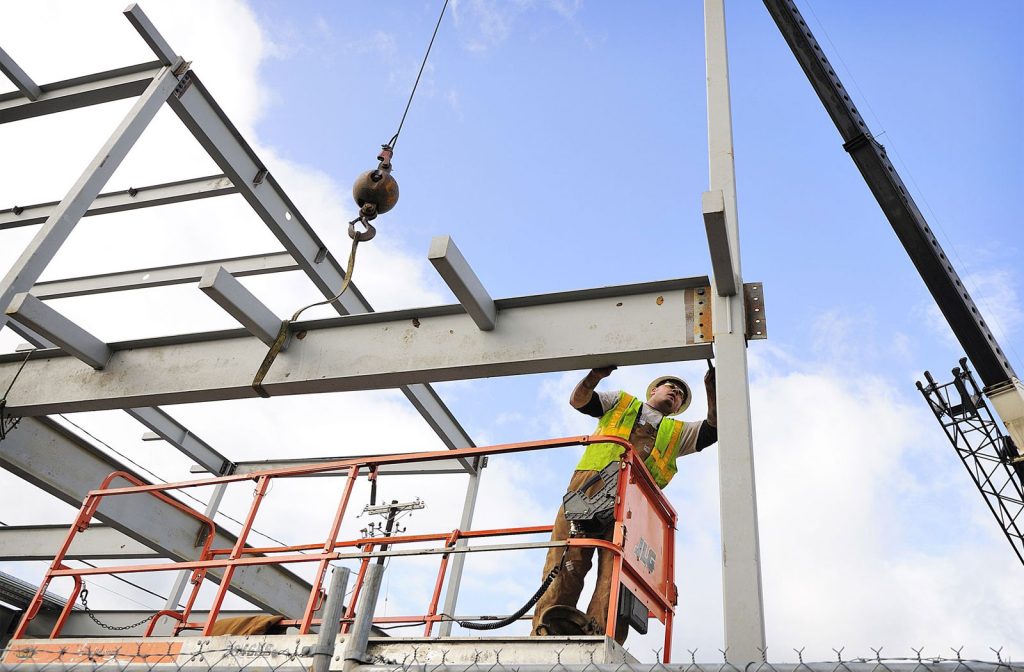
Factors Affecting Wind load
Several factors affect wind load on structures or objects, including:
- Wind Speed: Wind load increases with higher wind speeds. The force exerted by the wind is proportional to the square of the wind speed. Thus, doubling the wind speed results in a fourfold increase in wind load.
- Wind Direction: Wind loads can vary based on the direction from which the wind is blowing. Structures are designed to handle wind loads from different directions, accounting for the most critical scenarios.
- Shape and Geometry: The shape and geometry of a structure or object influence the wind load it experiences. Factors such as height, width, surface area, and aerodynamic properties affect how the wind interacts with the structure and generate pressure.
- Surface Roughness: The roughness of the surrounding environment can affect wind load. Open, unobstructed areas experience higher wind speeds and increased wind loads compared to sheltered or built-up locations.
- Terrain Category: The characteristics of the terrain, such as the presence of nearby buildings, vegetation, or water bodies, can impact wind load. Terrain categories range from open terrain with no obstructions to urban areas with dense structures.
It is crucial to consider these factors when designing structures or working at heights to ensure adequate safety measures are in place to withstand wind loads. Consulting relevant codes, standards, and engineering professionals is essential to accurately assess and mitigate wind load risks.
Other Safety Considerations
While the discussion of safe wind speeds for working at heights is crucial, it’s important to recognise that it’s only one facet of a broader safety conversation. Equally vital are aspects like equipment maintenance, staff training, and adherence to industry standards and guidelines.
Equipment maintenance is also highly important. Regular checks, servicing, and replacements of critical equipment like safety harnesses, ladders, and hoists can mean the difference between a minor incident and a major disaster. It’s paramount to ensure the integrity of all equipment utilised while working at height, as they function as the first line of defence against potential accidents.
Training is another essential factor in ensuring worker safety. Knowledge is power, as they say, and in this context, it’s power against possible harm. It’s through comprehensive training that workers gain the know-how to manoeuvre safely, react appropriately in emergency situations, and recognise when conditions are too hazardous to continue work.
Our EWP course provides invaluable learning resources and teaches crucial skills needed when working in elevated environments. This course also serves as an excellent means of keeping workers up-to-date with industry standards and best practices, thereby bolstering overall site safety.
Conclusion: Working at heights in winding conditions
Navigating the risks associated with working at heights involves a multi-faceted approach, incorporating safety considerations from various angles. The safe wind speed for such tasks is a crucial factor that often dictates whether work can proceed or should be postponed.
It’s imperative to adhere to wind speed guidelines to ensure the safety of workers operating at heights. Wind can drastically affect the stability of structures and the control over tools and materials, creating potentially dangerous situations. Constant monitoring of wind speeds, alongside robust decision-making protocols, can help mitigate these risks.
However, as we have discussed, considerations extend beyond wind speed alone. Regular equipment maintenance and thorough training programmes, are critical to keeping people safe on site. So, stay safe, stay informed, and remember – safety first!
Learn more about Equip-Safe’s Elevated Work Platform course.



